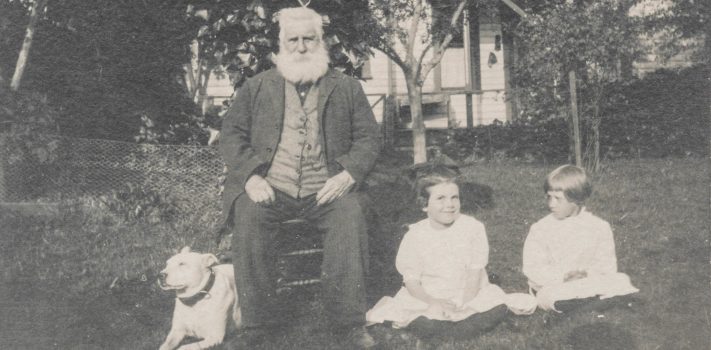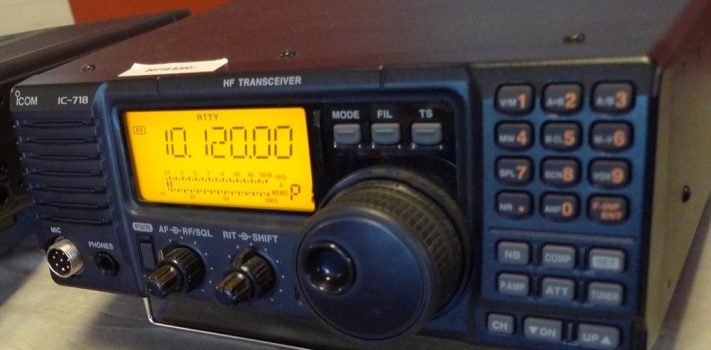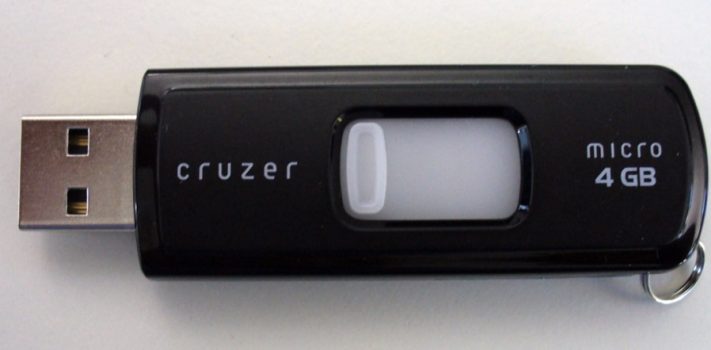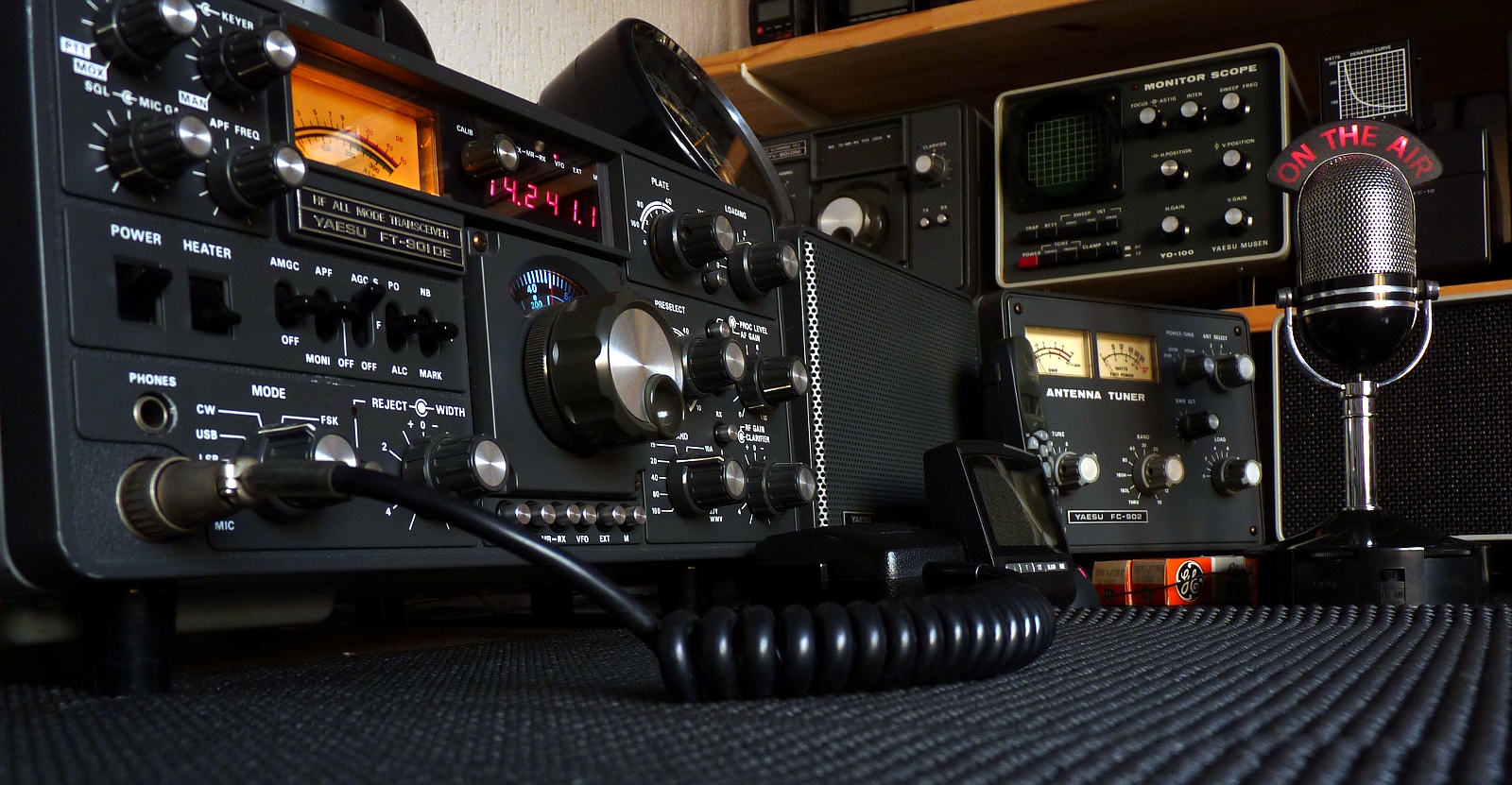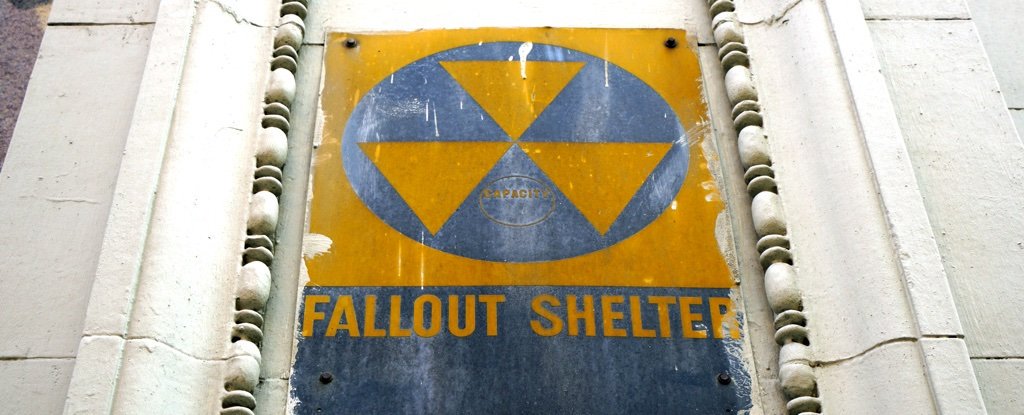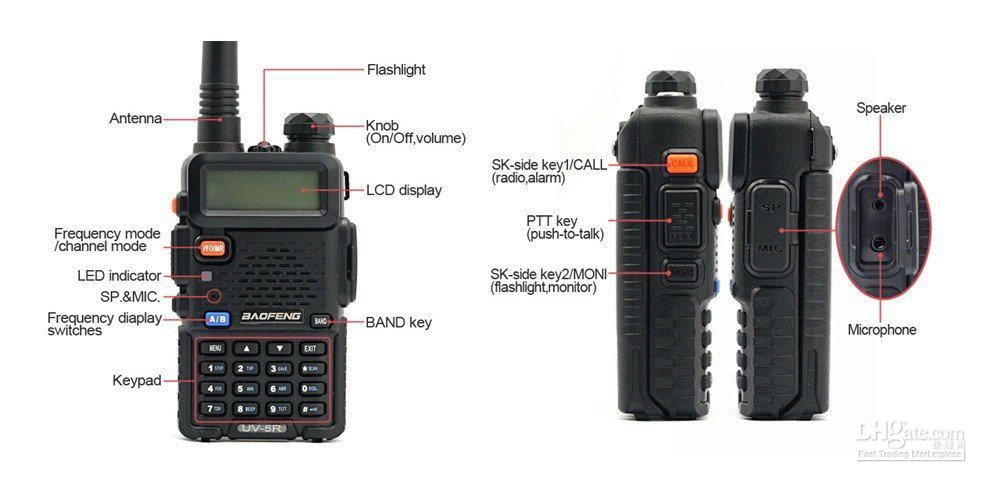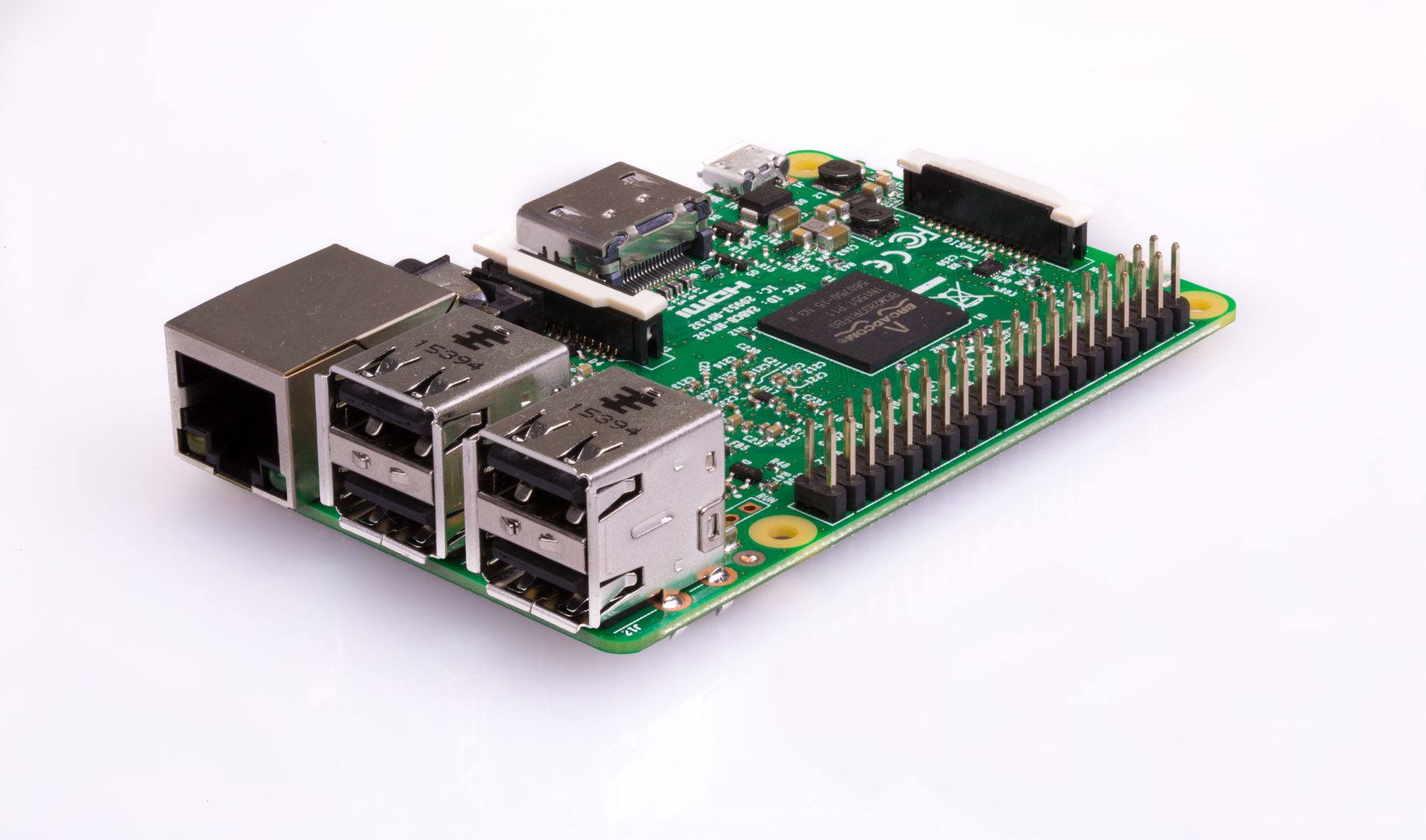Persistence: Thoughts From An Old Prepper, by Bulldog
After a lifetime of living the prepping lifestyle, and as I reflect upon it, I would describe my prepping journey as an evolution of sorts. Such evolution appears present not only with my life but also within the entire movement. When I look back at my upbringing and early experiences of the mid 70’s and early 80’s I cannot even remember the term “prepping”. Certainly, however, I remember the term “survivalism”, particularly as I considered myself a student of the late Mel Tappan. I think it is safe to say that in those days and to a great extent, Joe …

